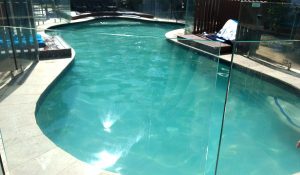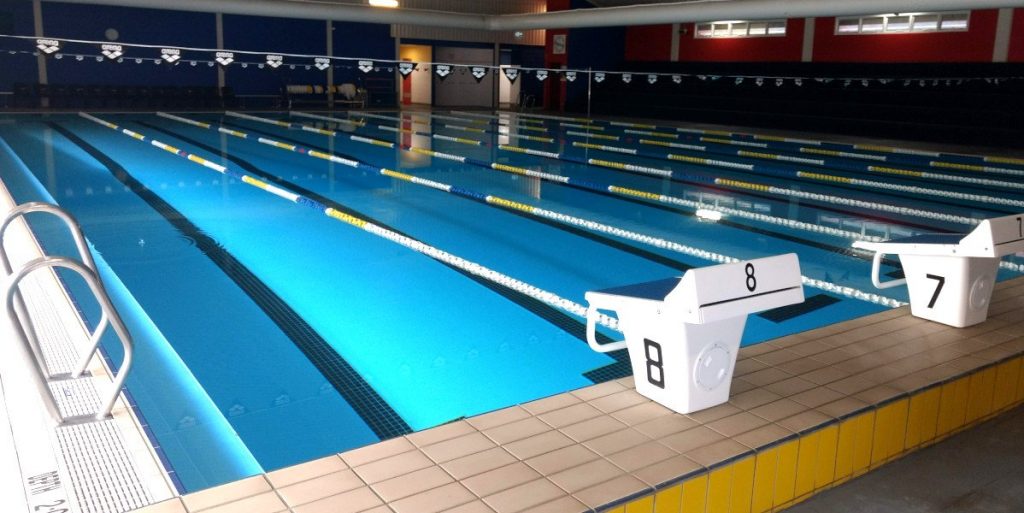Solar Consulting
Peak Shaving
Reducing energy use at peak times is called peak shaving. Peak shaving can achieve a range of benefits when it coincides with peak demand and therefore peak prices from your network provider.
Peak shaving can be achieved by shedding load or by using onsite standby generation facilities during peak times. When reducing usage at peak times it can enable you to stay within your contract’s maximum demand and optimise network and retail tariff costs.
There are several ways to peak shave. A couple of the options include reducing consumption by turning off non-essential equipment during peak hours and installing automated thermostats to help reduce consumption. You can also install solar and battery solutions that can assist with reducing demand.
Peak shaving with batteries typically has a return on investment between three and five years. Batteries typically last 15-20 years so reduction in utility costs results in savings for ten plus years on a peak shaving project.
Using batteries for peak shaving is not as simple as deciding to peak shave and switching to batteries to transfer load during peak hours. A financial analysis should be completed to ensure that peak shaving will meet the financial goals of the organization.
There are several factors to consider including equipment cost, installation cost, coordination, and planning. The planning stages of a peak shaving project should include engineering support, utility company participation, electrical contractors, generator and distribution supplier, as well as the local facility team. Getting the right people involved early in the process can help the project remain on time and on budget, getting the best return out of the investment.
If an organization has high utility expenses, peak shaving should be investigated every few years as the organization grows. While it may not make sense initially, it might make sense as utility expenses and power demand increase.
Load Shifting
Load shifting is one of the techniques used in power use management. It involves moving the consumption of high wattage loads to different times within an hour or within a day or even within a week. It doesn’t lead to reduction in net quantity of energy consumed in an electricity. It simply involves changing the ‘when consumed’ rather than ‘how much consumed’.
To understand the reason behind load shifting, you need to grasp the concept that electricity generation is a dynamic process involving different kinds of generating stations employing different generation technologies. Accordingly, there are different costs associated with electricity generated at any given point of time. This means you can realize savings in net generation costs if it could be moved around in time, even while keeping the net generated energy the same. This is where load shifting comes into play.
Load shifting can happen in many ways. For example having variable electricity price and thus encourage consumption in specific hours, remote controlling specific appliances etc. or with flexible energy delivery agreements with industries.
To formulate the best strategy for load shifting requires a sound understanding of your power usage, what rates are being applied to your power account and what resources you have available to you. SmartConsult can assist you with these calculations to make informed decisions about managing your power to reduce costs in your business.
Solar pv for pools
It is often said by anyone that owning a boat is like pouring money into ‘a hole in the water’. It doesn’t seem to matter how you organise yourself and your boat: you end up paying through the nose for maintenance with a bit of fun using your boat in between times. Owning a swimming pool was talked about in the same terms, but with automated systems now available for pool maintenance, pools have become less of a chore and allow for swimming year round without having to rob a bank. And people like heated pools!

Pools are complex things
Heating swimming pools has been a goal for a lot of home owners and is often thrust upon commercial operators who are left to manage pools that are very large ‘white elephants’. These pools can consume vast amounts of energy and drain any maintenance account in record time if not managed effectively. This is not surprising, as these larger pools have a few energy elements to them that are ‘unseen’ for pool operators and require close scrutiny of seemingly unimportant details. Pools also have an element of ‘black magic’ about them, as balancing pool chemicals, pool heating, pool ventilation and pool use is a difficult act to get right on a given day.

The bottom line for heating pools is that it is going to cost you are going to be losing heat to the environment in a spectacular fashion, as the surface of the pool cannot be insulated while there are people using the pool. This heat loss can be reduced, but in the case of outdoor heated pools, you are going to have a hefty power bill. Solar is a great way to heat pools, and in the past heating water on the roof of the pools has been a cost effective way of reducing pool heating costs. But with the price of solar PV panels now dropping further, PV is becoming the system of choice for more pool owners with the use of air source heat pumps.
It's all about flexibility
The success of Solar PV systems for pools lies in the fact that Solar PV can be used in a variety of ways. Power from these systems can be used to heat the pool, run ventilation systems, pool pumps and pool cleaning. As with any Solar system, by considering the needs of your pool, the usage times, the energy costs that are fixed and variable and your budget, Smart Consult can help you find the best solutions for fit your needs. As always, we study the interval data for your electricity and gas usage and get to the bottom line of how to best manage your pool.
Pools are variable environments
When you are managing a large pool there are quite a few things to consider:
- the temperature of the pool
- the chemistry of the pool
- the maintenance of the pool
- the circulation of the water
- the cleaning of the water
- when people are swimming
- how many people are swimming
- the air around the pool
- the safety of the people in the pool

Just from reading that list, you can start to get an idea of what is involved in the effective operation of a large pool. Working out the energy requirements of these items requires a good grasp of the data available and the skills to present the data in a meaningful way. Smart Consult is able to assist clients in getting an accurate picture of what is required to run their pool efficiently on Solar PV and recommend systems that can maintain this. And don’t forget that a pool’s energy usage changes with the times of the year that it is operating. Winter is when heating costs are up, but basic operating costs are with you all year round.
Do you need help with any of this work?
- Commercial Scale Solar PV
- Electricity Offtake Agreements and Generator/Retailer Negotiations
- Energy Assessment Auditing and Interval Data Analysis
- Power Factor Correction
- Retail and Network Tariff Renegotiations & Reconfiguration
- Agricultural Solar Pump Solutions
- Energy Storage and Battery Solutions
- Meter Consolidation
- Government Rebate Applications and Regulatory Approvals
- Tender Proposals and Tender Management Services
- LED Lighting Assessments
- Peak Shaving
- VSD installations
- Heat Pump Assessments & Highly Competitive Finance Packages via the major Australian Banks


